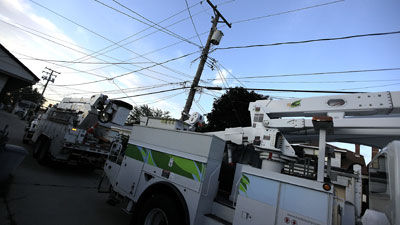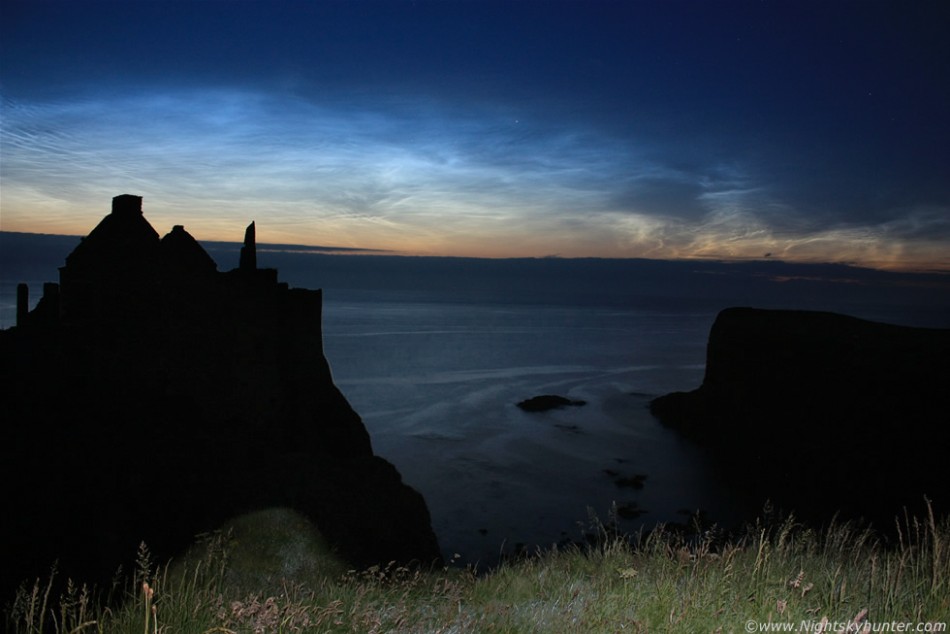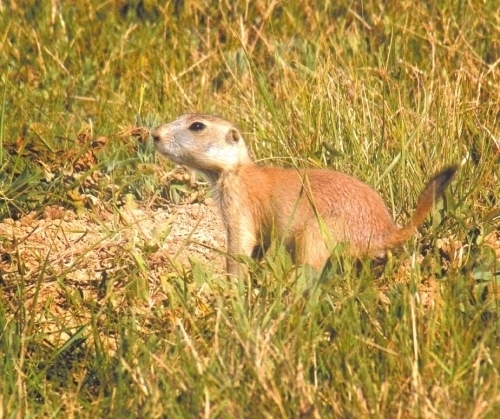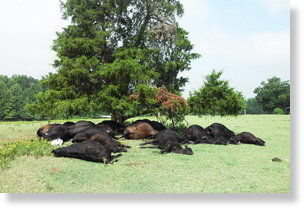
© Terrence Antonio James/TribuneComEd workers repaired downed lines in the alley behind Ozark Avenue near Montrose Avenue in Norridge.
A record 868,000 homes and businesses were left without power by the storms that ripped through the area at 75 mph--the highest number of outages in 13 years. But by 6 a.m. that had been reduced to 369,200.
The majority were in the northern suburbs, where 207,300 were still in the dark and without air conditioning. About 71,000 were west of the city, 60,000 in Chicago and Maywood and 30,000 in the south suburbs.
In total, power had been restored to 502,600 customers, said ComEd spokeswoman Tony Hernandez.
The last time a storm left a comparable number of customers without power was in 1998, when 865,000 customers lost power in one storm.
ComEd spokesperson Tony Hernandez told WGN radio's John Williams Monday afternoon that "this is going to be one for the record books."





Comment: Bingo!
SOTT has been saying that increased vulcanism is behind the increased precipitation for some time now.
Cosmic Climate Change is Underway